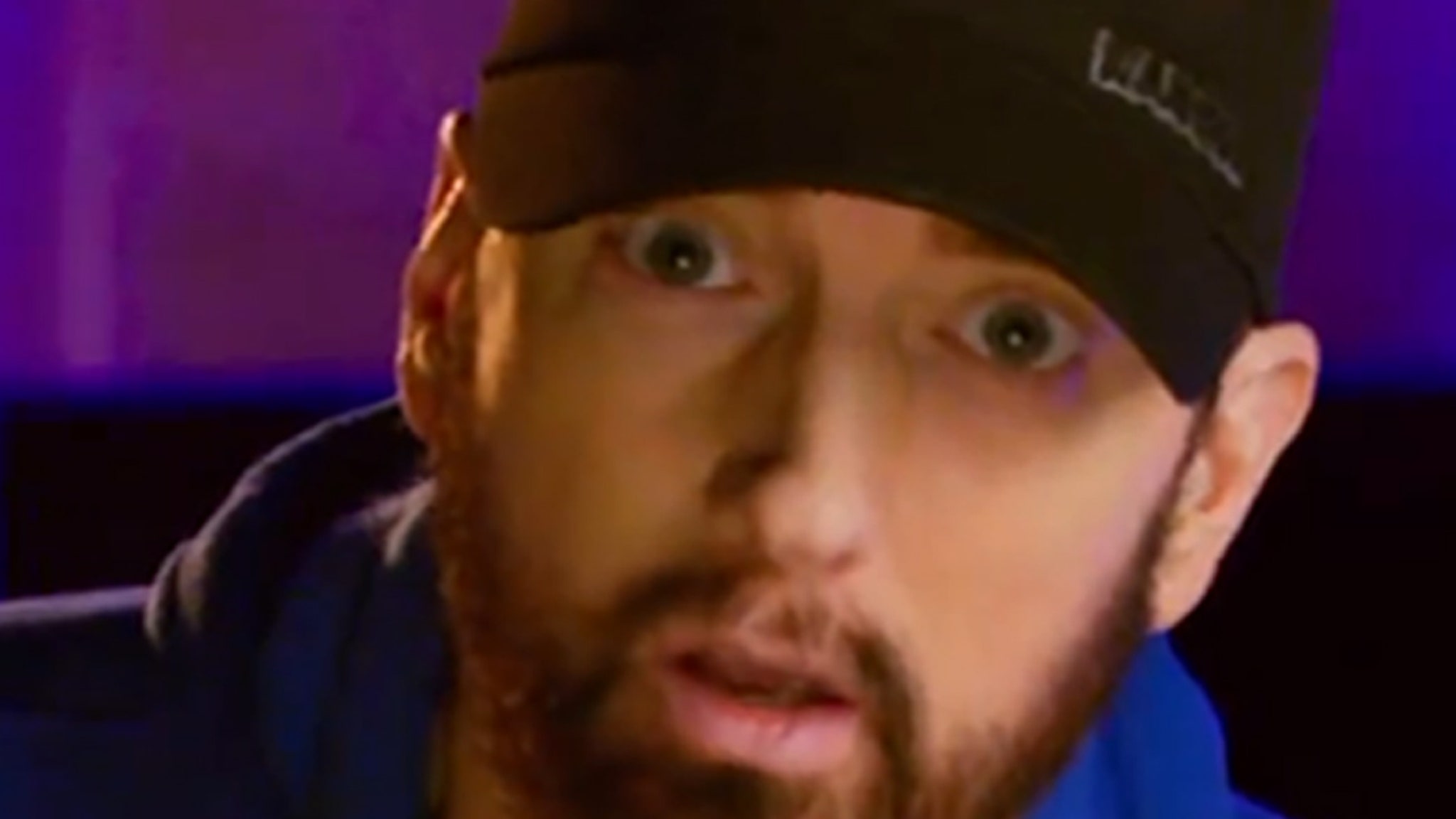Extreme-photographer | E+ | Getty Images
As inflation continues to throttle back across the broad U.S. economy, some consumer categories have sunk into outright deflation.
In other words: Americans are seeing prices decline for certain items.
Those pullbacks have largely been among physical goods rather than services, economists said.
Demand for goods soared early in the Covid-19 pandemic, as consumers were confined to their homes. The health crisis also snarled global supply chains for those goods. These dynamics drove up prices. Now, they’re falling back to earth.
“You have seen some [price] give-back in some categories that were most affected by the shift in consumer demand, as well as being affected most severely by some of the supply-chain issues we saw over the course of the pandemic,” according to Sarah House, senior economist at Wells Fargo Economics.
A shift away from spending on goods
For example, average prices have declined in these categories, among others, since December 2022: toys (by 4.5%), college textbooks (4.9%), televisions (10.3%), men’s suits, sport coats, and outerwear (6%), sporting goods (2.5%), furniture and bedding (4.3%), and computer software and accessories (9.9%), according to the consumer price index.
“We bought a lot of goods because we couldn’t go out, travel, go to ballgames” early in the pandemic, said Mark Zandi, chief economist at Moody’s Analytics. “There has been a shift from goods to things we couldn’t do when we were shut in.”
Prices for used cars and trucks have also fallen, by 1.3%, according to CPI data.
Used and new vehicle prices were among the first to surge when the U.S. economy reopened broadly early in 2021, amid a shortage of semiconductor chips essential for manufacturing.
However, price levels on used cars remain more than 30% higher than they were pre-pandemic, meaning there’s likely still ample room for a reversal, said Andrew Hunter, deputy chief U.S. economist at Capital Economics.
There are other deflationary dynamics
Broadly, a historically strong U.S. dollar relative to other global currencies has also helped rein in goods prices, Zandi said. This makes it cheaper for U.S. companies to import goods from overseas, since the dollar can buy more.
The Nominal Broad U.S. Dollar Index is higher than at any pre-pandemic point dating to at least 2006, according to U.S. Federal Reserve data as of early January. The index gauges the dollar’s appreciation relative to currencies of the U.S.′ main trading partners such as the euro, Canadian dollar, British pound, Mexican peso and Japanese yen.
More from Personal Finance:
Here’s the inflation breakdown for December 2023
Deflation vs. disinflation: One is ‘the more ideal outcome’
Why workers’ raises are smaller in 2024
Falling energy prices have also put downward pressure on goods prices, due to lower transportation and energy-intensive manufacturing costs, economists said.
However, attacks by Houthi militias on merchant ships in the Red Sea — a major trade route — are causing freight costs to spike, potentially leading some goods deflation to reverse, Zandi said.

Lower energy prices also put downward pressure on food transportation to store shelves.
Egg and lettuce prices, for example, have also declined significantly after having soared in 2022. Among the reasons for those initial shocks: a historic outbreak of avian influenza in the U.S., which is extremely lethal among birds such as egg-laying hens, and an insect-borne virus that raged through the Salinas Valley growing region in California, which accounts for about half of U.S. lettuce production.
How measurement quirks affect price data
Elsewhere, some deflationary dynamics are happening only on paper.
For example, the U.S. Bureau of Labor Statistics, which compiles the CPI report, controls for quality improvements over time. Electronics such as televisions, cellphones and computers continually get better. Consumers get more for roughly the same amount of money, which shows up as a price decline in the CPI data.
Health insurance, which falls in the “services” side of the U.S. economy, is similar.
The Bureau of Labor Statistics doesn’t assess health insurance inflation based on consumer premiums. It does so indirectly by measuring insurers’ profits. This is because insurance quality varies greatly from person to person. One person’s premiums may buy high-value insurance benefits, while another’s buys meager coverage.
Those differences in quality make it difficult to gauge changes in health insurance prices with accuracy.
The 27.1% decline in health insurance prices last year reflects smaller insurer profits in 2021 relative to 2020.
These sorts of quality adjustments mean consumers don’t necessarily see prices drop at the store — only on paper.






